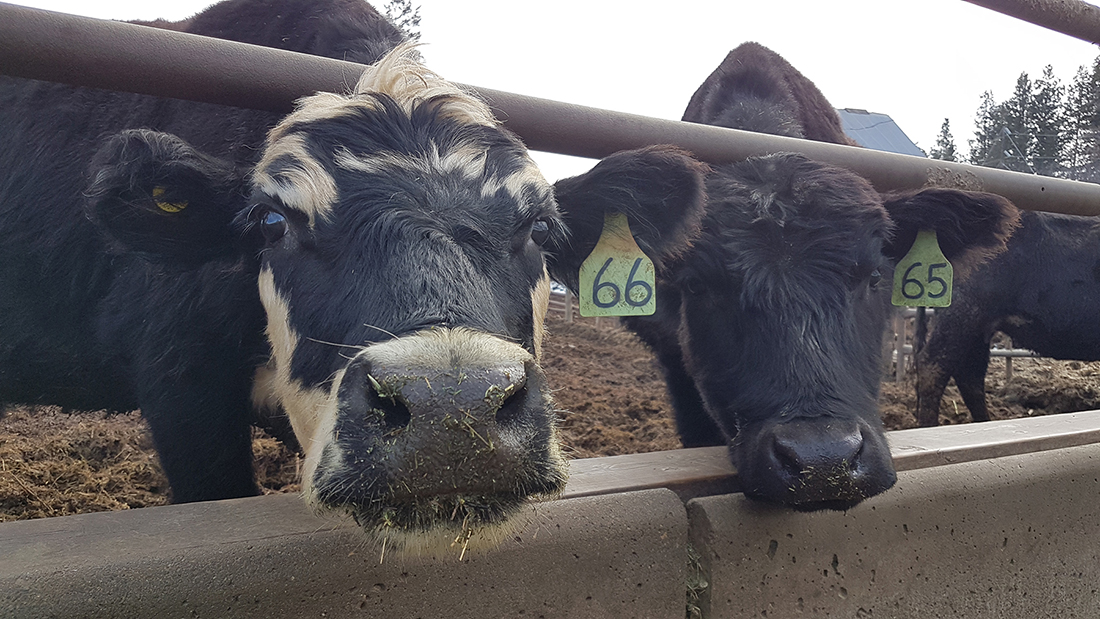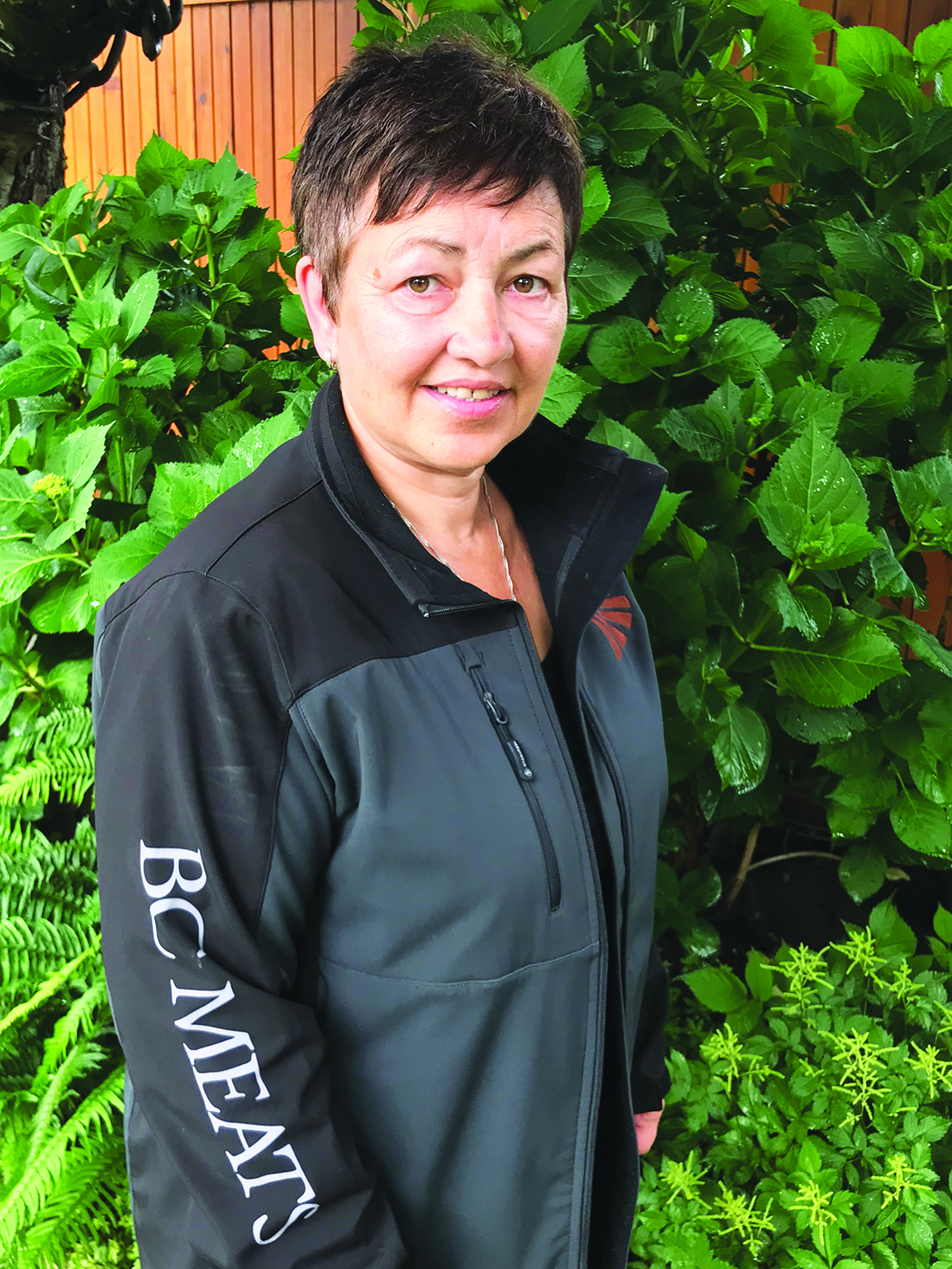Ottawa announced this week that it had secured expanded market access to Japan for Canadian beef. The deal opens Japan to exports of cuts from animals older than 30 months, and could be worth more than $40 million. Canada currently ships $215 million worth of beef to Japan each year.
But little of that meat comes from BC, which represents a fraction of Canada’s ranching sector. Rather, what stands to be a hot topic at this week’s annual meeting of the BC Cattlemen’s Association in Williams Lake is a proposal to set up a beef processing plant in Prince George.
Speaking at BC Beef Day in Victoria on May 2, prior to serving up slabs of BC beef wearing her Buy BC apron, BC agriculture minister Lana Popham spoke of her conversations with producers aimed at bolstering local production.
“This is the perfect setting to get together with our industry partners and look at ways we can continue to grow ranching and beef processing in our province,” she said.
Popham announced a grant of $450,000 to the BC Cattlemen’s Association at its last annual meeting in Smithers to develop a vision and governance model for the plant, which will likely operate as a co-operative basis and cost upwards of $30 million to build.
“[It] will allow our BC cattlemen to have their own processing facility,” she told Country Life in BC last year. “[It’s] about value-added, right here.”
The plant would also boost slaughter capacity, which has been lacking in the province. The majority of beef animals are currently shipped to Alberta for slaughter, which many see as a lost opportunity for the industry in BC.
Research and educational presentations at this weekend’s meeting will pay special attention to two key issues that hit the industry hard in 2018: wildfire and disease.
Walt Klenner, a wildlife habitat ecologist in the Kamloops office of the BC Ministry of Forests, Lands, Natural Resource Operations and Rural Development, will discuss targeted grazing to manage fire behaviour.
Karin Schmid, a production specialist with Alberta Beef Producers, will provide fundamental information on the disease, identified last summer in a south Okanagan herd.
Seven herds in BC, Alberta and Saskatchewan remain under federal movement controls as a result of the discovery, according to a May 6 update from the Canadian Food Inspection Agency. Just four infected animals were identified in the course of the investigation.
Sign up for weekly FARM NEWS UPDATES delivered to your inbox every Wednesday morning


 Drought risk deepens
Drought risk deepens